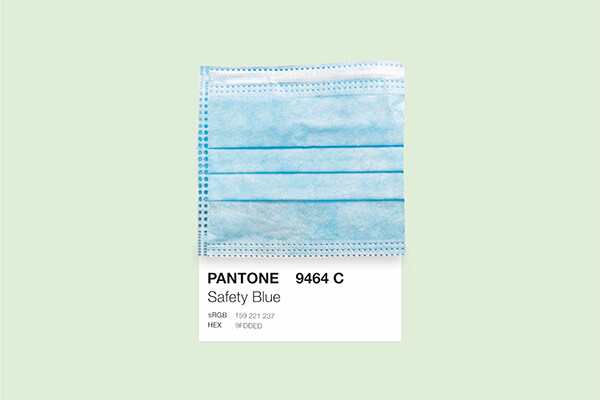What are the new COVID-19 regulations and what do they mean for employers?
Throughout the pandemic, the regulations underpinning our day-to-day lives have been ever-evolving.
This is no less relevant in the world of work.
We have compiled the recent and upcoming regulation changes for COVID-19, and what this means for employers.
What is the timeline?
As of Thursday 24th February 2022, the Government lifted some of the legal requirements for COVID-19:
- Individuals are no longer legally required to self-isolate if they test positive for COVID-19. However, the Government advises they should stay at home for at least five days and avoid contact with others.
- Individuals are no longer legally required to self-isolate if they’re unvaccinated and have been in close contact. If vaccinated and in close contact, they will no longer be advised to test for seven days.
- The £500 self-isolation support payment for those on low incomes who test positive for COVID-19 is no longer available.
- The COVID-19 provisions for increased Statutory Sick Pay (SSP) will apply for one additional month. As of Thursday 24th March 2022, SSP will no longer be paid from day one of contracting COVID-19, and instead, it will revert back to the fourth consecutive day of illness.
As of Friday 1st April 2022, we will see even further lifting of restrictions.
It will be up to the individual to exercise personal responsibility if they contract COVID-19.
There will be new Public Health Guidance to replace the Working Safely Guidance.
And Universal free testing will come to an end.
COVID-19 and office working
As the legal obligation to self-isolate has been removed, this will mean employees could potentially attend work even if they test positive for COVID-19.
If you wish to prevent employees with COVID-19 from coming into work, this must be communicated to all staff and there must be a sound business case behind it.
Compliance could be impacted by the ability to work from home. If the employee is unable to work from home and you wish for them to remain away from work, you need to consider how you will compensate them.
Additionally, there are risks with refusing to let employees attend work when they are willing to.
Another consideration is whether you will pay SSP only, or full sick pay, to employees who are asked to stay at home.
On the other hand, should you wish to ask an employee to come into work if they test positive for COVID-19, you need to assess the risks to the employee and their colleagues.
Whistleblowing and health and safety are employment rights protected by law, so consider the situation.
If the employee is able to work from home, this would be a reasonable solution that is beneficial for all.
Alternatively, the employee can still self-certify and normal sickness pay provisions would apply.
The end to universal free testing
Given that universal free testing ends on Friday 1st April 2022, employers need to consider how they will respond.
Will you still require employees to test?
Will you pay for and provide testing kits for employees?
Or require them to provide their own tests?
Considerations for employers
These changes to the regulations will have a big impact on employers, especially those who are currently and/or looking to return to the office.
Therefore, you need to consider the following:
- Keep an ‘open dialogue’ with staff so they feel comfortable to discuss concerns about office working, especially if they’ve only been home working since the start of the pandemic.
- Consider your response to potential requests for flexible working.
- Consider the needs of your employees and what is fair and reasonable to ask of them.
- Continue risk assessments to identify risks associated with transmission and infection and steps needed to reduce these risks (however, the Government will also remove the requirement to explicitly consider COVID-19 in your risk assessment as of Friday 1st April 2022).
- Carry on with safety protocols (e.g., cleaning, sanitation and making space between colleagues).
Another specific area of consideration is pregnant workers.
It is advised, as has been the case previously, to conduct risk assessments throughout the pregnancy to ensure risks are removed and/or alternative work is available.
It is important to note that the risk of complications from COVID-19 are higher from the 26th week of pregnancy, so make sure risks are considered and the individuals are made to feel comfortable
Stay in the know
We’ll keep you up to date with all the latest in employment law and HR. You can unsubscribe at any time.


Recent Comments